Snorkelling is a fun and fascinating way to see marine wildlife in British coastal waters. You might spot sea creatures such as spider crabs, sea hares, squid, wrasse and many different types of fish species.
Many species, such as sea horses, are protected by marine law so it is vital to do plenty of research before you snorkel and avoid disturbing any species you may encounter.
Water safety should also be a priority as coastal waters can have hidden riptides or be unpredictable to navigate. Never swim alone and always tell someone of your plans. Have a read of countryfile.com’s guide to wild swimming which includes plenty of advice on water safety.
Fancy learning more about marine species? Have a browse of our 20+ books on marine and coastal wildlife, including books for children
Here is our snorkelling guide to a selection of the best places to snorkel in the UK, including species you are likely to see and how to get to each location.
Best places to snorkel in the UK
Stackpole Quay, Wales
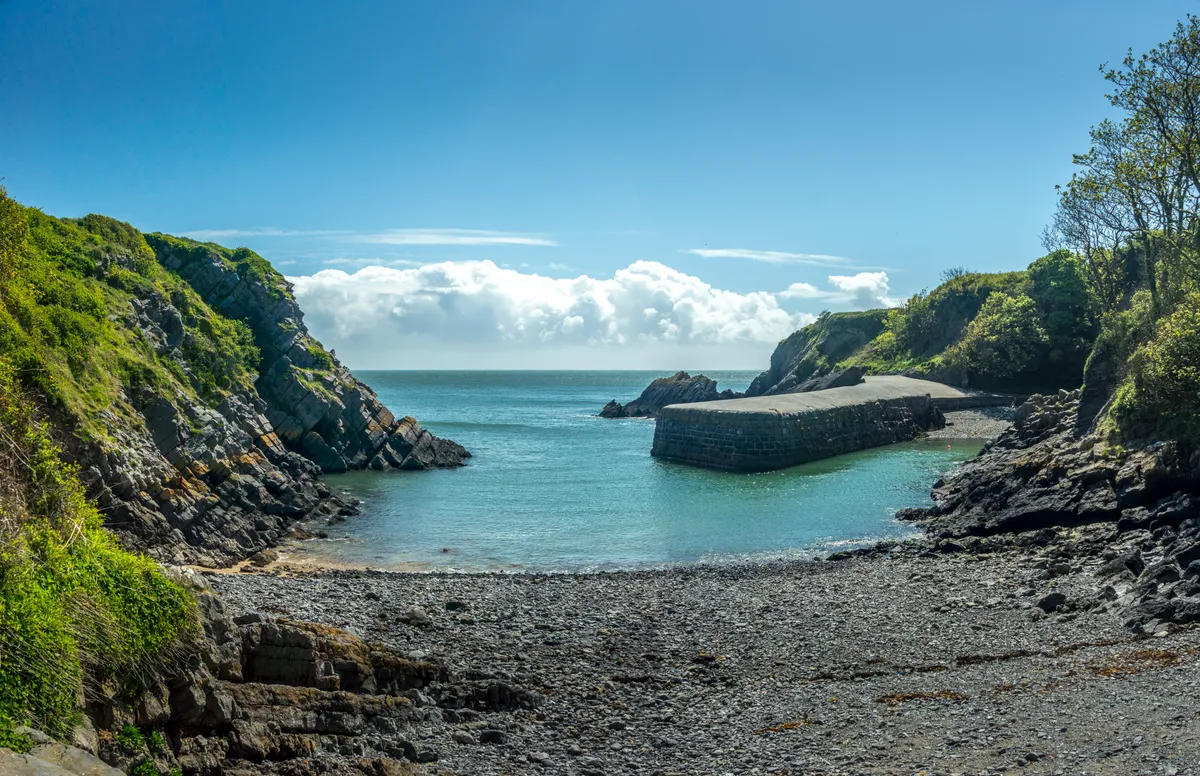
On the south side of the Pembrokeshire peninsula, Stackpole Quay has good protection from northerly and westerly winds.
Snorkel through the inlet and then head north (left) to the far side of the rocky island. In May, spider crabs gather here in huge numbers to breed. It’s an extraordinary spectacle, with crustaceans heaped on top of one another, while yet more stampede towards the action from the periphery, making it one of our favourite destinations for snorkelling holidays.
Beyond this area of reef, marine life is also abundant with pipefish, prawns, velvet swimming crabs and sea hares.
How to get there From the village of Stackpole, head for Stackpole Quay, where there’s a National Trust carpark.
Watch out for Swell with easterly and south-easterly winds and fishing boats.
Staxigoe, East Scotland

Staxigoe is a usually calm, natural rocky harbour north of Wick. From the slipway, swim to the left or right of the bay: either will provide some amazing encounters.
Head through the gully leading back to the beach and you’ll find a small cave packed with squat lobsters. Also look for kelp fronds laden with squid eggs and rocks covered with crimson sea hares and their pink spiral-shaped eggs. On the left side of the bay, you’ll find a 16m wall coated with red, filter-feeding sea squirts.
How to get there From Wick, go to Broad Haven and follow the coast road. At Staxigoe town hall, head right to the harbour.
Watch out for Some boat traffic and swell when the wind is between a north-easterly and southerly.
Prussia Cove, Cornwall
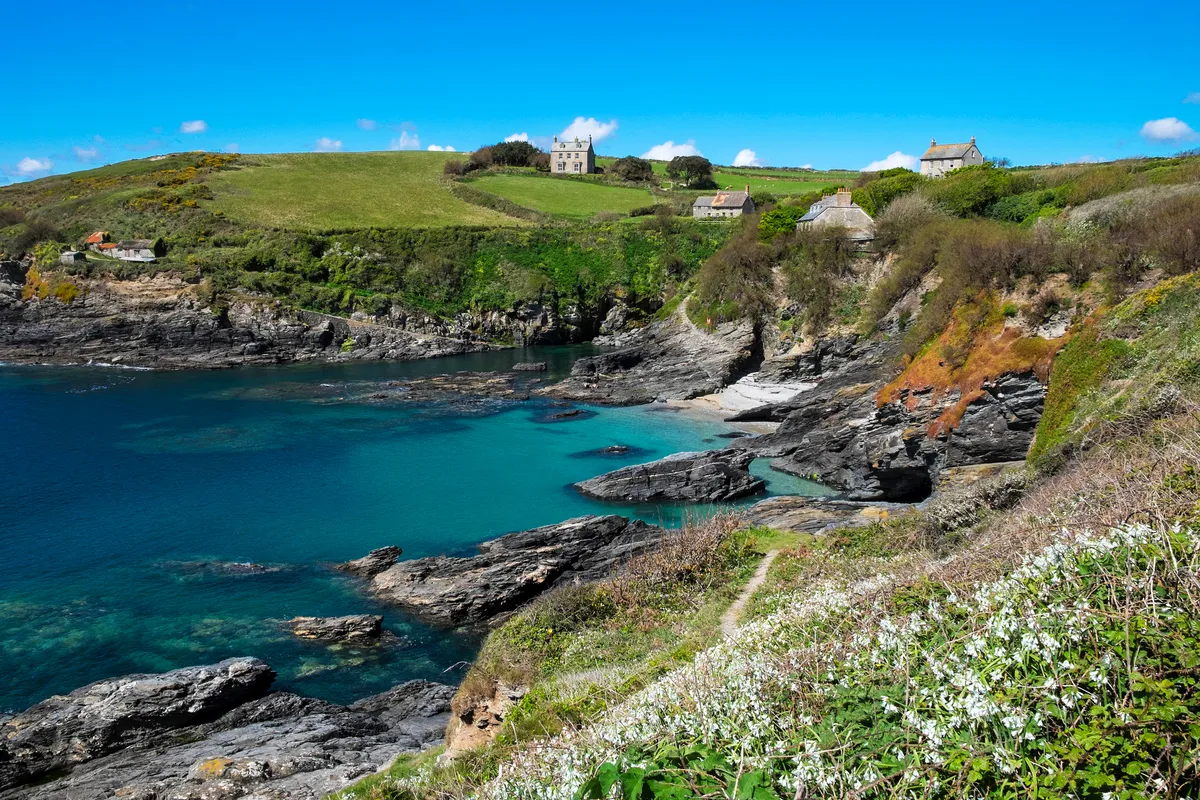
Halfway between Penzance and Helston, Prussia Cove is a beautiful, tranquil bay with a glorious backdrop and knockout snorkelling.
Reaching the site involves a short walk with lovely views down to the bay. From there, swim straight out to sea until you hit sand. In front of you is a submerged, ridged island. On the far east side, corkwing wrasse build nests in spring.
Next, head east (left) over a kelp forest. Duck diving below the fronds will reveal cavernous gorges covered with squirts and jewel anemones. This site is very close to a grey seal colony, and it’s quite common to be joined by a pinniped buddy, making it one of the best places for swimming with seals in the UK. And in Cornwall in the summer, there’s even the chance of swimming with a basking shark or two.
How to get there From the A394, take the road signposted to Prussia Cove in Rosudgeon.
Watch out for Swell when the wind is southerly or westerly, and boat traffic.
Fairy Cove, Devon
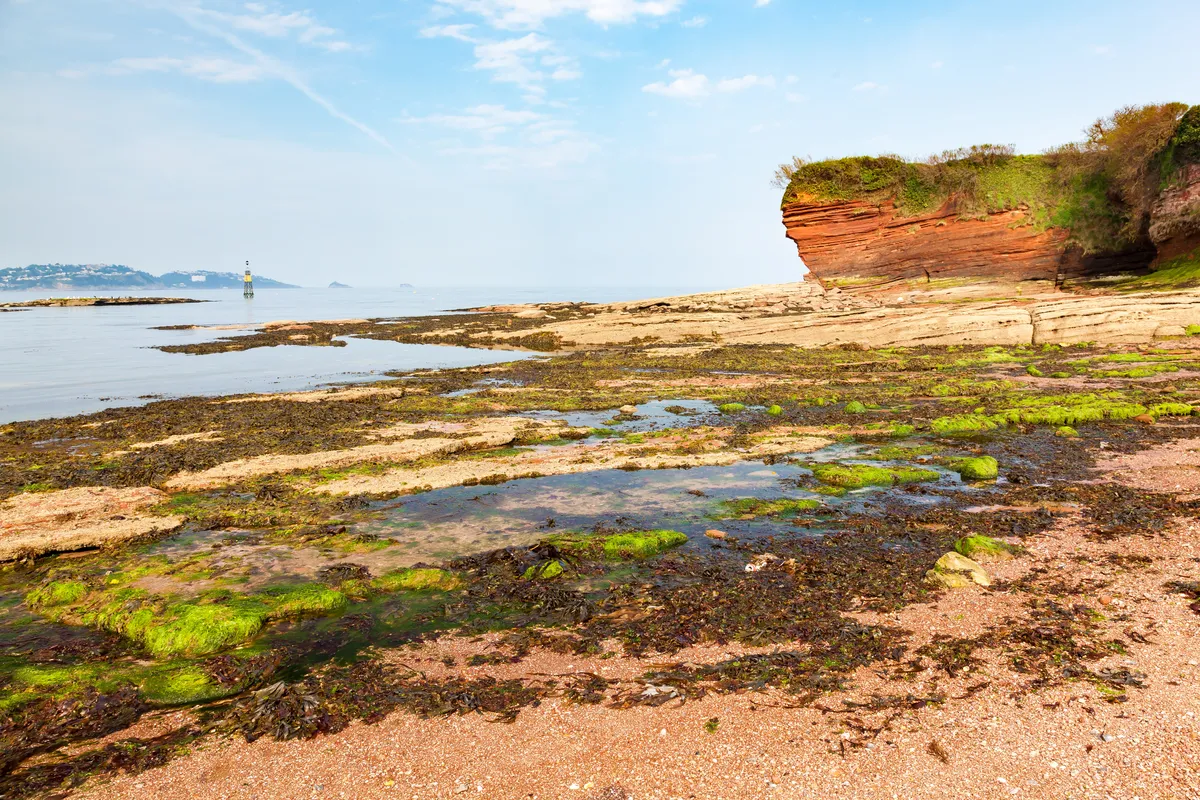
Smack in the middle of Tor Bay, Fairy Cove is a world away from the traditional seaside resort you’ll find on terra firma in Paignton. Dive below the kelp into its enticing caves and rocky corridors – fantasy snorkelling at its best.
For a short swim, explore the small rocky overhang near the east cardinal, or, for a longer excursion, aim towards Roundham Head. As you fin south, you’ll be surprised by the dramatic architecture of tiered layers of rock and beautiful, submerged gorges where dappled sunlight catches the sponge-coated walls.
During summer, the gullies are a hive of activity with bib, ballan and corkwing wrasse and even the occasional thick-lipped grey mullet hovering among and above the rocks.
How to get there Head for Cliff Road where there’s a multi-storey carpark, and take the obvious path down to the cove.
Watch out for Boats and jet skis, and swell when the wind’s southerly or easterly.
Loch Long, West Scotland
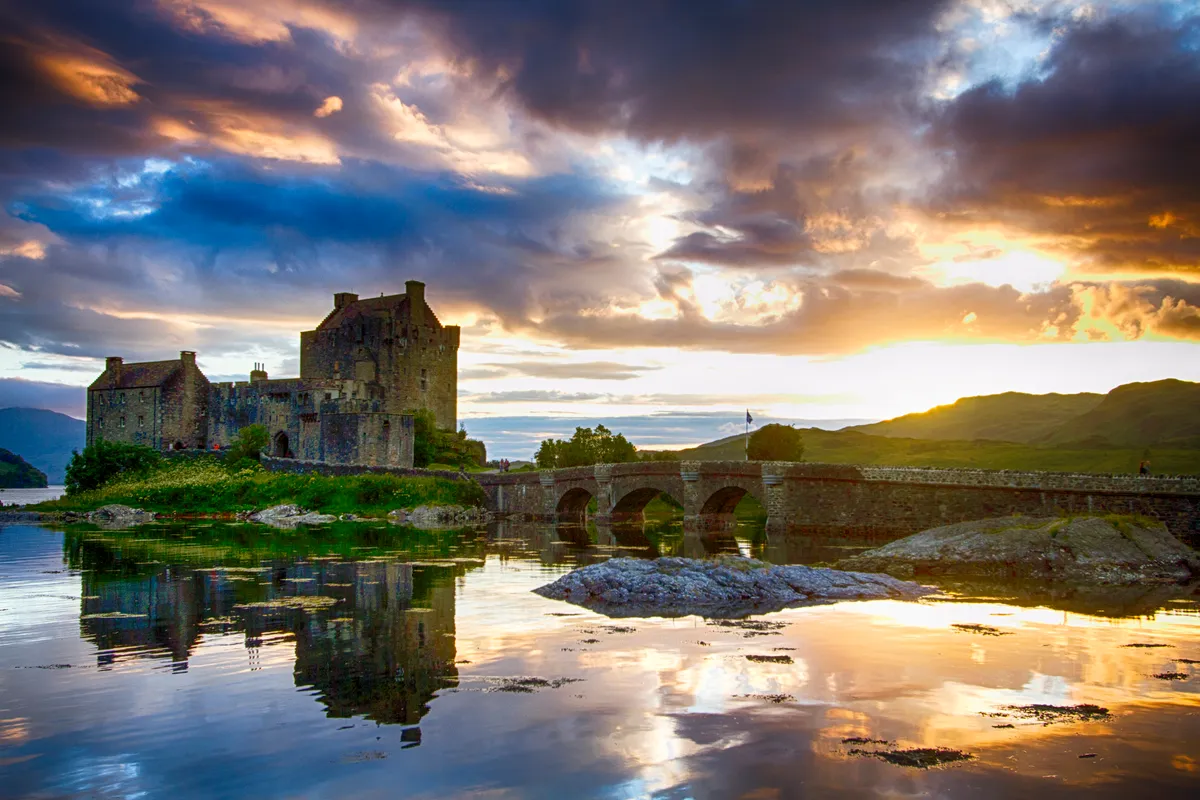
Loch Long has some of the clearest water in Britain. Visibility reaches 10m or greater, and under ideal conditions its vertiginous cliff walls and pinnacles are hard to beat.
Arrive as early as you can at the parking area (there are only three spaces), and from there follow a small tunnel down to the water’s edge. On calm days, plumose anemones can be seen from dry land, just a hint of what is to come.
Swim west and you should see shoals of saithe (a relative of cod) among the jagged rocky peaks. Before you finish, look to the left of the entry point: in 1m of water, mussels cling to tree roots covered in starfish.
How to get there From Arrochar at the head of Loch Long drive south for 3km until you reach the lay-bys either side of the tunnel.
Watch out for The tunnel can be slippery.
London Bridge, Devon
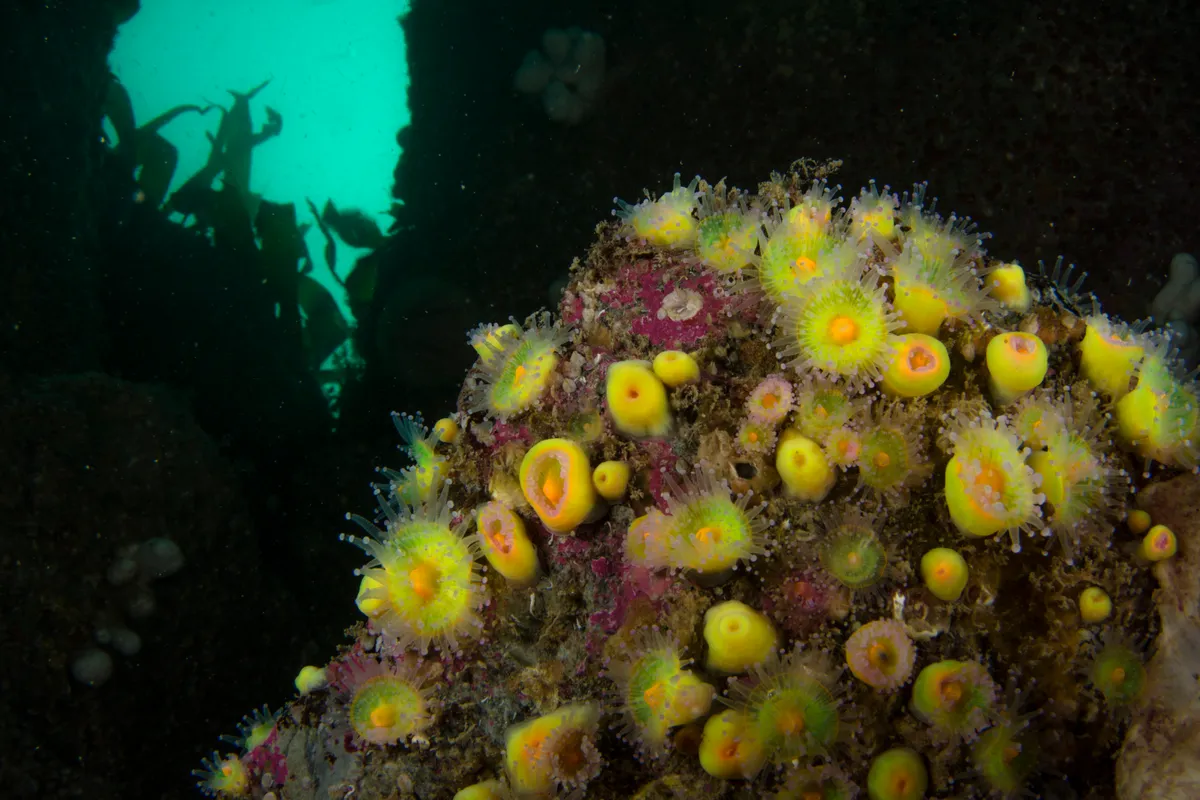
London Bridge, on the north side of Tor Bay, is the most advanced (and spectacular) snorkelling site listed here, though it is well within the range of anyone who is even reasonably fit providing the sea is calm. Swimming through this natural rock arch, you get a great sense of immensity as the ‘bridge’ towers above you and the cliff wall drops away below.
Swim inside the rocky island, and from there it’s about 10 minutes to London Bridge. Only go through the arch if the sea is calm, but there’s plenty to see. Below the mussels are sponges and jewel anemones, and tompot blennies dart up and down at every passing shadow.
How to get there In Torquay, follow signs for Living Coasts, then carry on up Beacon Hill to Imperial Hotel to drop off your kit.
Watch out for Swell with southerlies and westerlies, and possible boat traffic. You should only dive here on a high tide.
Portskerra Arch, North Scotland
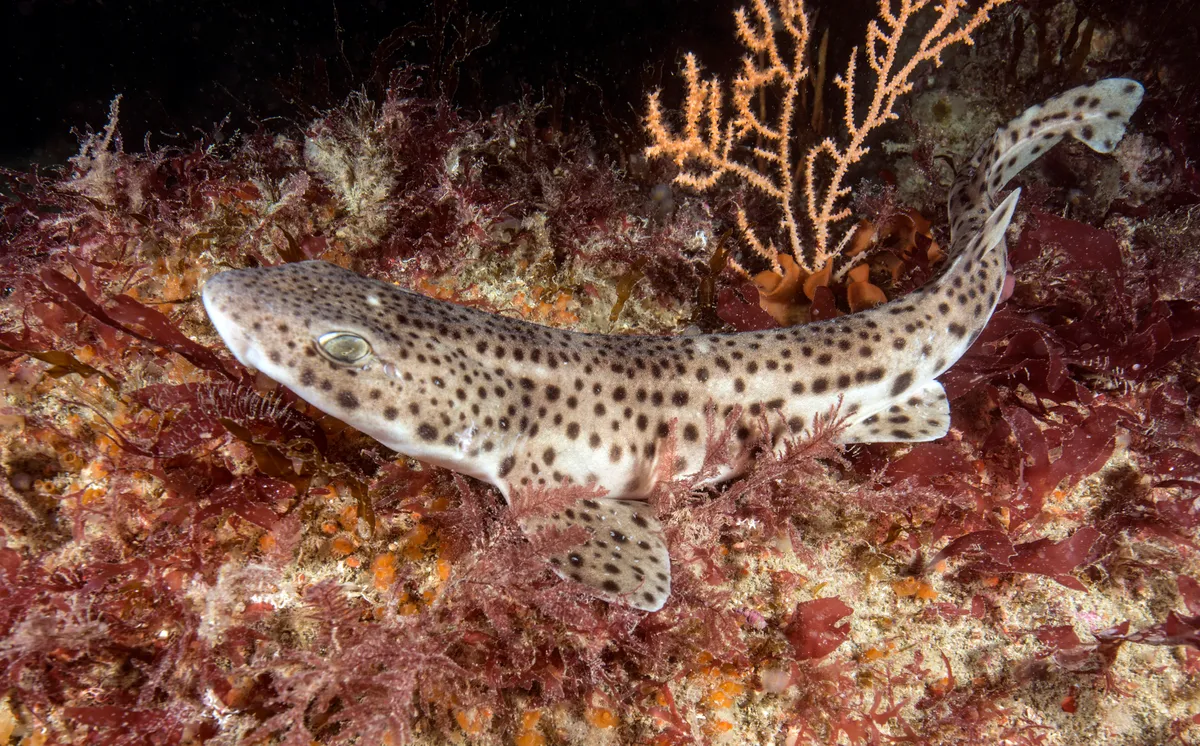
Portskerra offers a sheltered bay that is rich in marine life. Snorkel out from the slipway, staying close to the reef wall, and look for sticklebacks in the strands of bootlace weed.
The submerged arch is at the end of this reef where the water visibility is excellent, providing great views of anemones and sponges. But don’t be tempted to duck dive here because you could get trapped under the arch.
If you’re feeling energetic, paddle around in the shelter of the bay and search for the lesser spotted dogfish that is often seen snoozing on the seabed during the day.
How to get there In Portskerra, take the second right to the harbour and sliproad.
Watch out for Boat traffic and swell when the wind is northerly or easterly.
Porth Castell, Anglesey
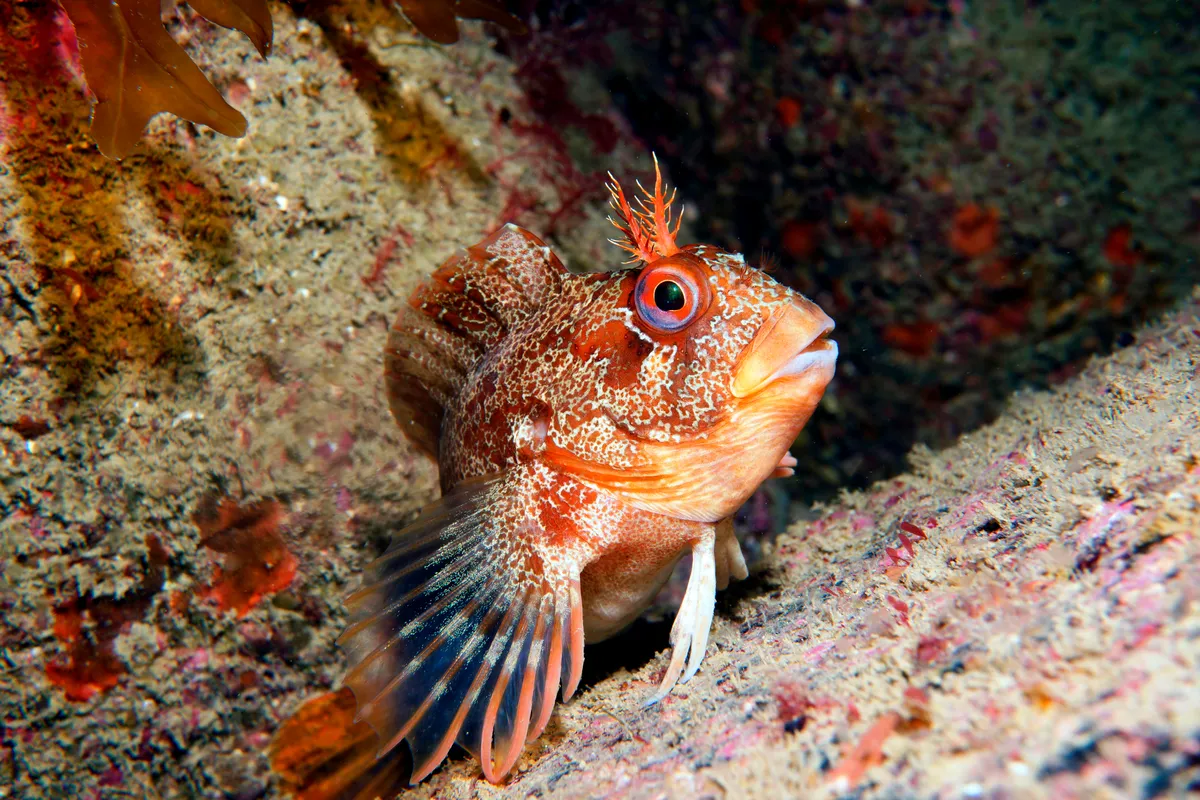
Porth Castell, on Holy Island off Anglesey, is a secret garden of underwater passages simply packed with wildlife.
Arrive an hour before high tide for easy access to the water, and swim out through the inlet keeping close to the rock face.
Very soon you’ll be staring down at astonishing chambered chasms filled with sea squirts. You’ll find crabs, squat lobsters and tompot blennies on the rock ledges under the kelp, while the walls are studded with sponges, dead man’s fingers and anemones. Ballan and corkwing wrasse are everywhere, and the occasional dogfish rests inside the narrow gullies.
How to get there Take the road to Ravens Point and park at the dive centre before the bend, or on the side of the road after it.
Watch out for Getting stuck in gullies.
Craig-y-Mor, Wales
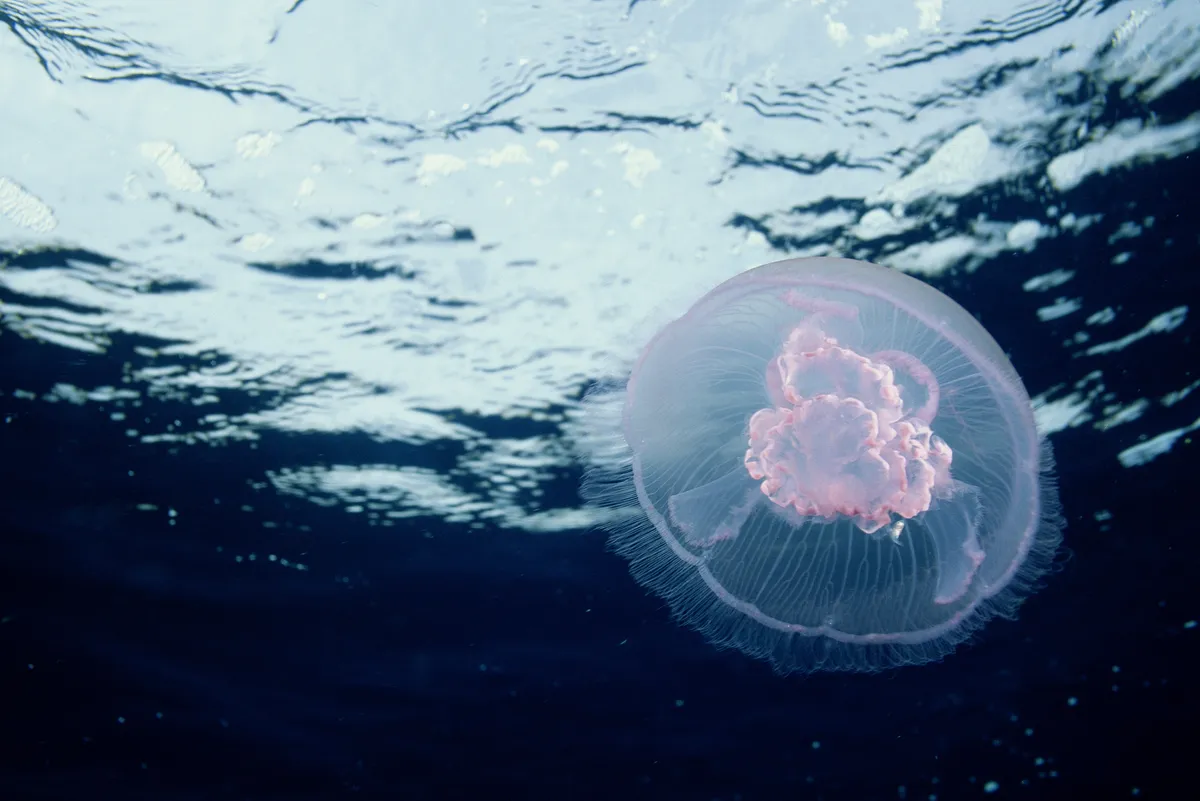
Just a few miles to the north, Craig-y-Mor is similar to Porth Castell, but has fewer gullies. Snorkel out from the beach and circle the many islands.
In the summer, moon and blue jellyfish drift by in the weak current, sparkling in the light, while ballan and corkwing wrasse weave in and out of the overhanging forests of kelp. Some of the walls are cloaked with red sea squirts, which are tucked among a rich array of sponges and anemones. Dead man’s fingers dangle off the overhangs, their tentacles reaching to passing swimmers.
How to get there Take the tiny coast road Lon Isallt for about 1km until you see a road going down to the left to a house.
Watch out for A slight current between the islands, swell when the wind is southerly or westerly, and boat traffic.
Studland Bay, Dorset
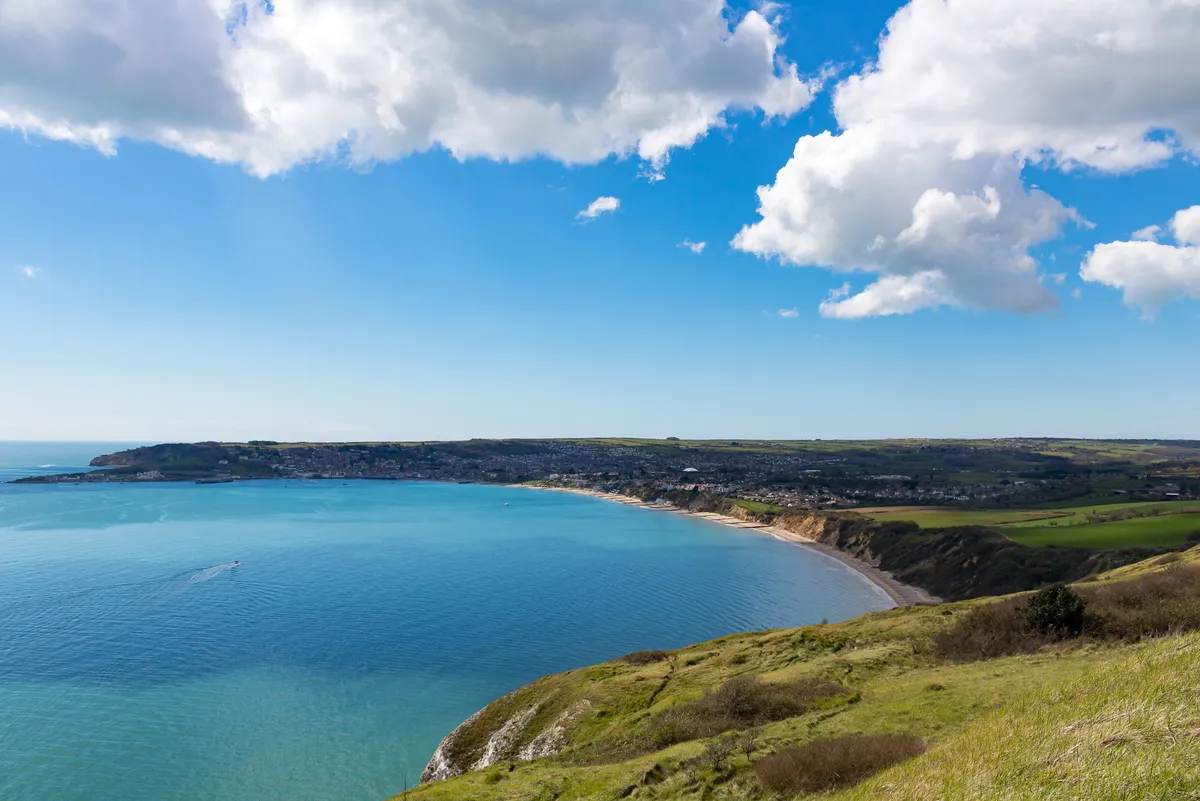
Studland Bay in Dorset is a beautiful location for spotting marine life, including crabs, varieties of seaweed, limpets and a wonderful nursery ground for fish such as wrasse.
It is also one of the few places in the UK where seahorses can be found, both the long- and short-snouted varieties, in the wild and it has been reported that during the Coronavirus pandemic that the Studland Bay seahorse population have thrived during lockdown.
A highly protected species, Studland Bay is now a protected marine zone for seahorses and a special licence is required from the Marine Management Organisation if you want to carry out any wildlife activities – it is illegal to seek seahorses in the UK without this licence.
To legally and safely snorkel in Studland Bay we recommend booking a tour with a WISE wildlife accredited tour operator which carries the necessary legal licence and has the expertise to ensure that no locally protected wildlife is disturbed.
Sea horses are masters of disguise, changing colour and even growing leafy appendages for camouflage. Learn more about this fascinating species.
How to get there Head for the National Trust carpark in Studland, and then take the wooded path down to the beach.
Watch out for Small boat traffic (always use a marker buoy) and some swell when the wind’s in the east.





